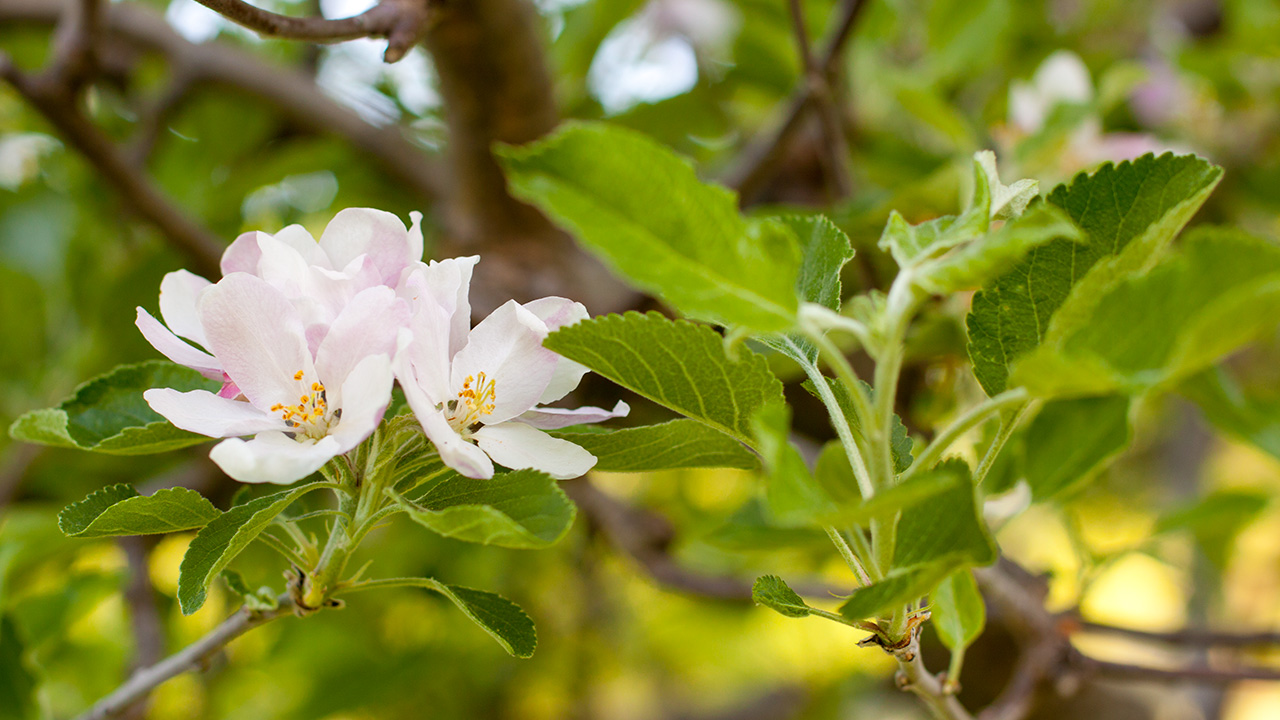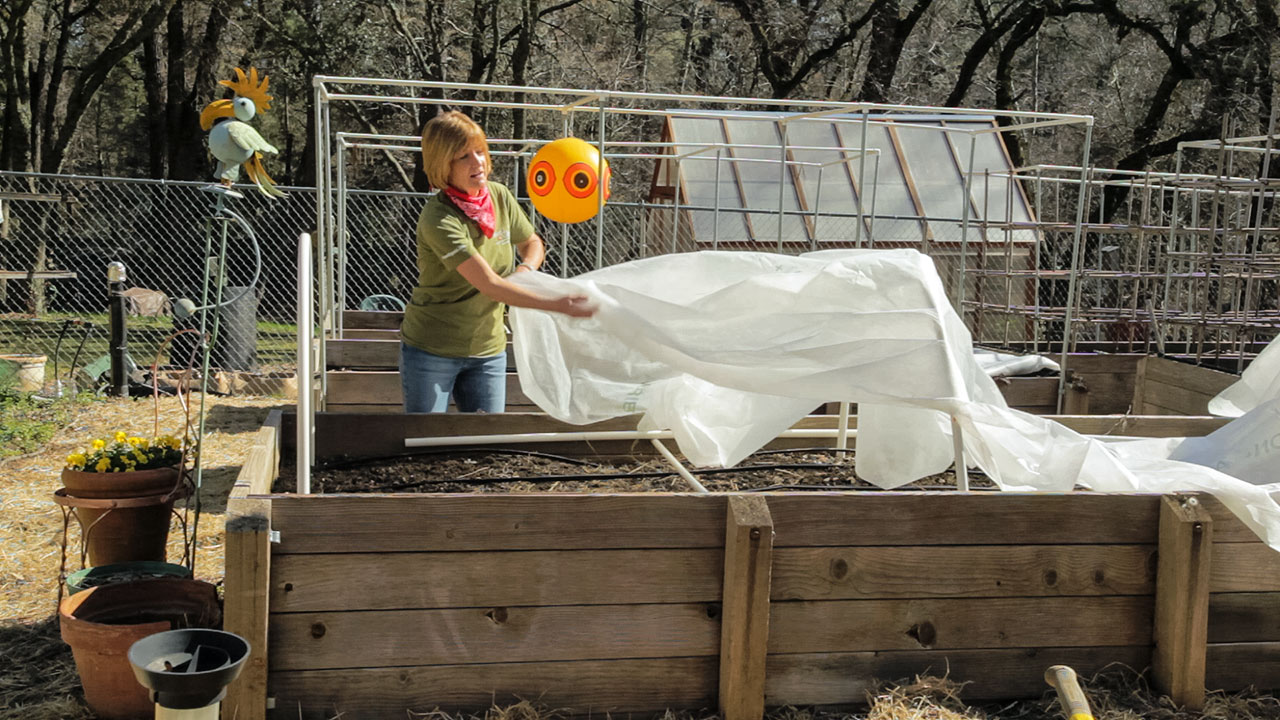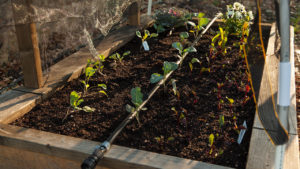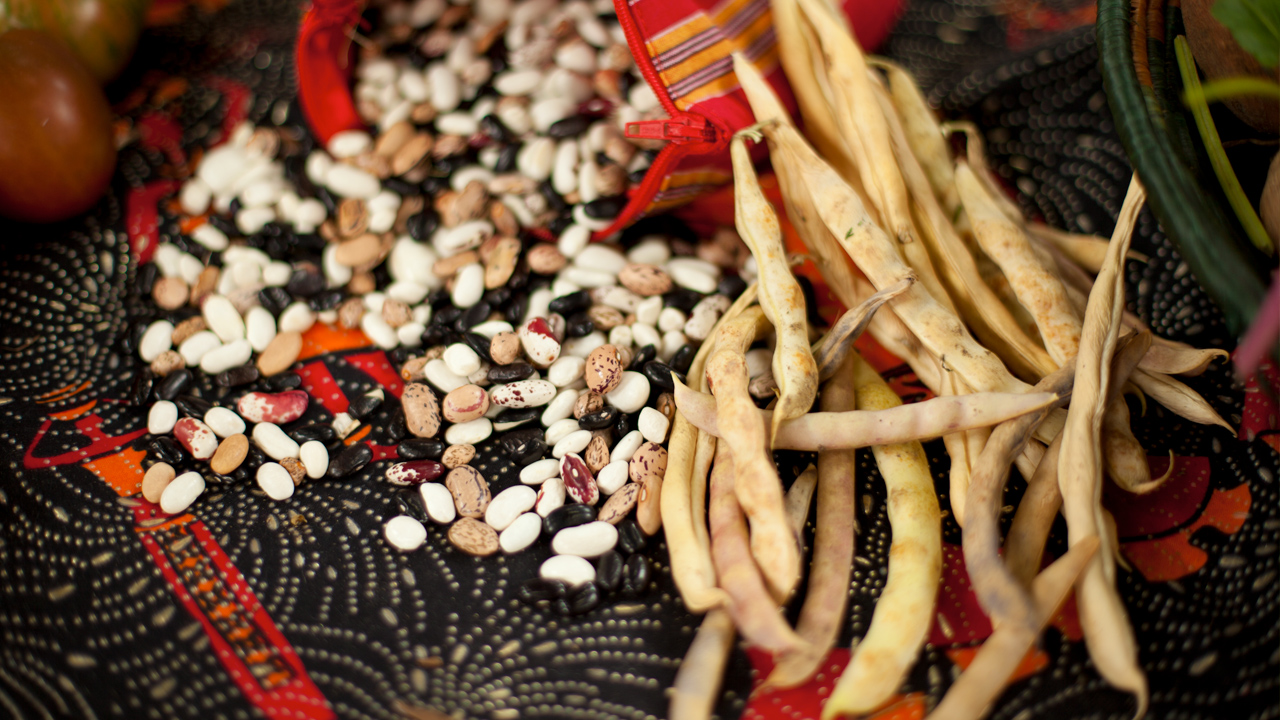
Seed saving is a great way to carry on your favorite tomato or pepper to your garden next season. To do this correctly, some planning before planting is critical to a successful crop in the future. The best seeds to save are from open-pollinated or heirloom varieties in order to maintain genetic purity.
Open Pollinated vs Hybrid Varieties
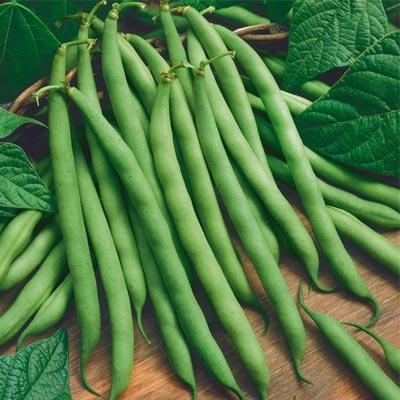
So just what is an open pollinated variety? These are varieties that produce “true” seed or seed that will be just like the parent plant. You can count on getting a tomato produced from the saved seed that will look and taste like the tomato from the previous season!
Heirloom varieties are open pollinated and have been around for generations. The exact date is debatable, but many say before 1940. We can thank our past generations for careful seed saving of their prized varieties resulting in many wonderful heirloom seeds.
Hybrid varieties are a result of controlled breeding of genetically different parents to produce a seed with desired qualities. A plant grown from the hybrid seed will express the qualities you want, such as an early tomato, but the seed saved will be different. The plants grown from that seed will not resemble the plant grown the previous season.
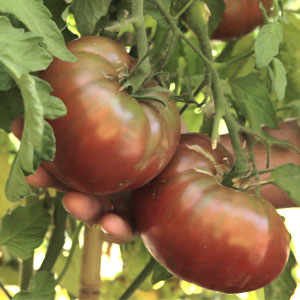
Best Bets for Seed Saving
The best seeds to save are from open pollinated or heirloom varieties. Within this group, the following seeds are good to try for a first attempt at seed saving:
- Beans
- Lettuce
- Peas
- Peppers
- Spinach
- Tomatoes
- Cilantro
- Dill
- Parsley
- Borrage
Preventing Cross Pollination
Cross pollination can be prevented by utilizing two principle elements, distance or time.
Distance If more than one variety of vegetable, herb or flower is planted, try separating by a couple of rows of tall, non-related species to help block the drift of pollen. Example, a couple rows of corn in between two bean varieties. If insect pollinated, different varieties should be planted at least 1/4 mile apart to prevent cross pollination.
Time Stagger plantings so the different varieties are not flowering at the same time.
The flower can also be hand pollinated and bagged to maintain purity. Once fruit has set, the bag can be removed. A small piece of row cover like Agribon-19 can be cut and secured with a rubber band or string tied around the flower.
When is the Fruit Ready for Seed Saving?

Fruit is ripe to eat or horticultural ripeness, much earlier than is needed for seed saving. Physiological ripeness, is when the seed is mature and ready for saving. Beans are easy, when the pod is dry the seeds are ready for saving. Other fruits are more challenging. The change in color of the fruit is one good indicator of ripeness. Peppers will change color from green to red or cucumbers will change from green to yellow. If picked too early the seeds are not mature and you will end up with lower quality seed.
The fruit or plant can give you clues to when the seed is mature and ready for saving. If the fruit does not come off the plant easily, then leave it until it either falls off on its own, or separates without tugging. Some plants like eggplant should be left alone until the fruit drops to the ground.
Seed saving can be fun, a great way to develop a seed line acclimated to your growing conditions and a way to save a little money. A great resource is the book The Complete Guide to Saving Seeds and of course, there are many web sites packed full of helpful information.


